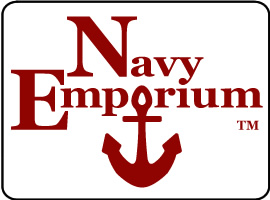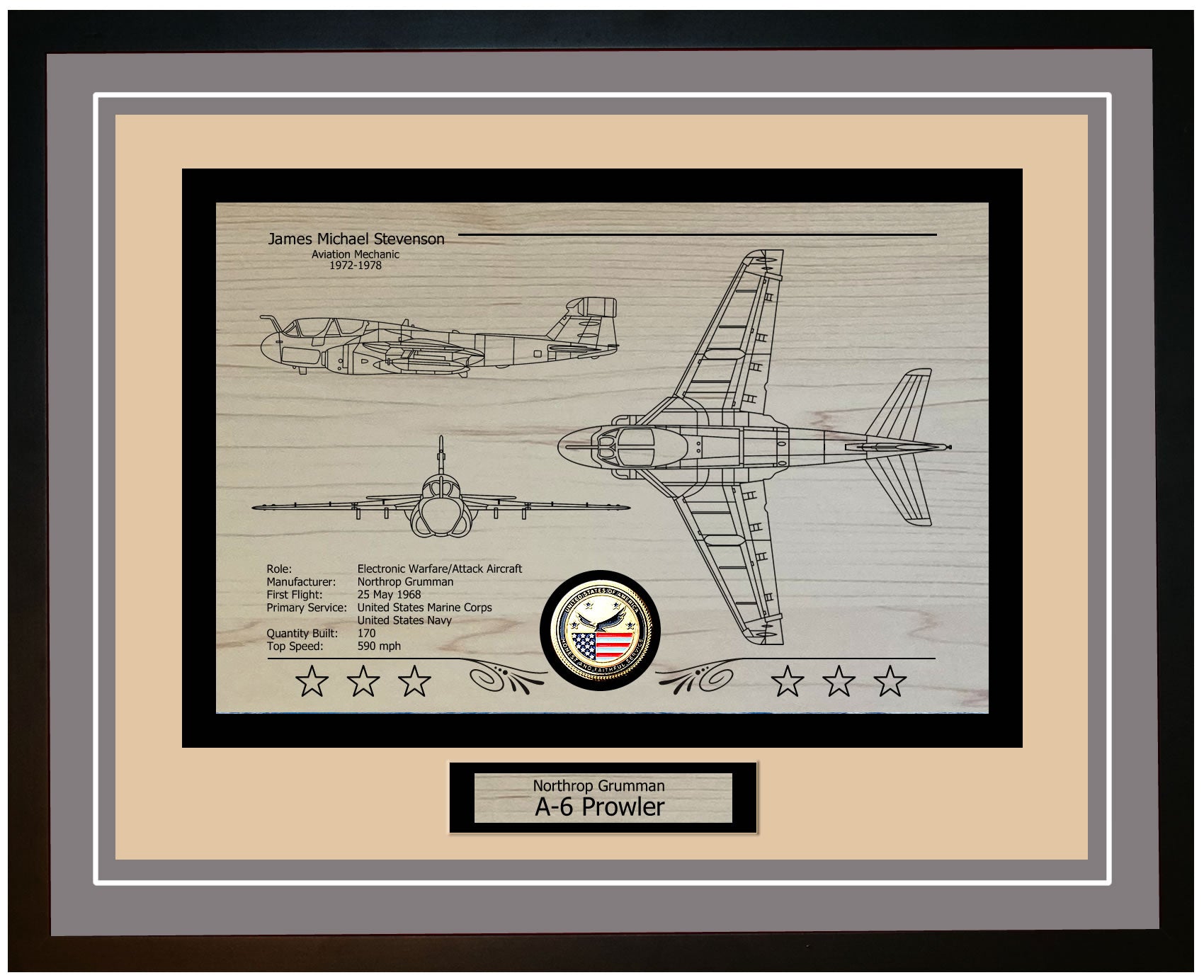The USS Guide (MSO 447) was an ocean-going minesweeper built for the United States Navy to address the growing need for advanced mine countermeasure capabilities during the Cold War. Constructed at the Luders Marine Construction Company in Stamford, Connecticut, the ship’s keel was laid on March 7, 1952. It was launched on June 20, 1953, and officially entered service on September 15, 1954, marking the start of its dedicated role in safeguarding naval operations.
The name Guide was chosen to reflect the ship's essential mission: to lead the way through minefields and clear safe paths for other naval vessels to follow. At a time when naval mines posed a significant threat to both military and commercial shipping, the USS Guide was entrusted with a crucial responsibility—protecting vital maritime routes from the dangers of underwater mines. The ship’s name encapsulated its purpose as a protector and enabler of safe passage across contested waters.
One of the most distinctive features of the USS Guide was its specially designed hull, which was built to minimize susceptibility to mines. Additionally, the ship was equipped with state-of-the-art mine detection and sweeping technology for its time, including acoustic and magnetic sweep gear. These tools allowed the Guide to locate and neutralize mines effectively, ensuring the safety of naval operations in mine-prone areas.
As part of the Aggressive class of minesweepers, the USS Guide represented a significant leap forward in mine warfare capabilities. Aggressive class vessels were larger and more powerful than earlier minesweepers, with enhanced endurance and operational range. These ships were designed to counter increasingly sophisticated mine designs, offering the flexibility and adaptability required to clear mines in a variety of environments. The USS Guide, as a leading member of this class, played a key role in advancing mine countermeasure techniques and technologies that continue to shape the Navy’s approach to mine warfare today.
The commissioning of the USS Guide marked an important milestone in the Navy’s efforts to enhance its mine countermeasure forces. The ceremony on September 15, 1954, highlighted the Navy’s commitment to ensuring the safety and security of its operations at sea. Following its commissioning, the USS Guide participated in training exercises and operational missions that refined its skills and demonstrated its effectiveness in real-world mine-clearing situations. Through these engagements, the ship helped establish new standards for mine warfare, while showcasing the critical role of minesweepers in maintaining naval dominance.
In sum, the USS Guide played a vital role in the development of the U.S. Navy’s mine countermeasure strategies, contributing to the Navy’s ability to protect its assets and maintain freedom of navigation. The innovations and lessons learned from the Guide’s service have left a lasting impact on how the Navy addresses the ongoing threat of mines, ensuring the continued safety of maritime operations across the globe.
USS Guide MSO-447: A Deep Dive into the Structure, Technology, and Armament of a Naval Marvel
The USS Guide was equipped with advanced acoustic systems for sweeping mines, including the Mk 105 hydrofoil minesweeping sled. When towed behind the ship, this sled could effectively clear both moored and bottom mines, allowing the Guide to carry out its critical mission of ensuring safe passage for naval and commercial vessels in waters threatened by mines.
As a minesweeper, the USS Guide was modestly armed, reflecting its primary role in mine countermeasures rather than direct combat. Its main armament consisted of two 20mm Oerlikon anti-aircraft cannons mounted on the deck, providing defense against aerial threats during minesweeping operations. These manually operated cannons offered essential protection as the ship carried out its vital work. In addition, the ship was equipped with small arms, including rifles and machine guns, which could be used by the crew in the event of a boarding attempt or close-range engagement.
In line with its mission, the Guide’s weaponry was complemented by defensive features and countermeasures. The vessel was outfitted with degaussing technology, which reduced its magnetic signature and helped prevent triggering mines in the surrounding waters. In the event of a mine strike or attack, the ship was also equipped with comprehensive damage control systems, including watertight compartments, emergency repair kits, and specialized tools to mitigate damage. The crew received extensive training in damage control procedures, ensuring they were prepared to respond quickly and effectively in emergencies.
With its cutting-edge minesweeping technology, strategic armament, and robust defensive measures, the USS Guide proved to be a valuable asset to the U.S. Navy’s mine countermeasure fleet, safeguarding vital maritime routes and enhancing the Navy’s ability to operate safely in mine-laden waters.
USS Guide MSO-447 Crew Member Reports of Time Aboard
The USS Guide (MSO-447) guestbook is a repository of memories and experiences shared by its former crewmembers, reflecting their time aboard the ship and their ongoing struggles and connections. Two notable entries from the guestbook provide a glimpse into the lives of these sailors and their current endeavors.
Reynaldo A. Gonzales, who served aboard the USS Guide in 1967 as a TN (Torpedoman's Mate), is actively seeking to reconnect with his shipmates. His primary goal is to locate someone who can verify his service in the "brown water" operations, which refers to naval operations in the inland waterways of Vietnam. This verification is crucial for his VA compensation claim related to Agent Orange exposure. Gonzales's entry underscores the long-term health impacts faced by veterans and the bureaucratic challenges they encounter in securing the benefits they deserve.
Similarly, Bill Hoffer, who served on the USS Guide in 1966 as a Seaman (SN), is also reaching out to his former shipmates. Hoffer, who was known as SN Howard Hoffer and also performed duties as a Yeoman (YN) without official designation, is in the process of appealing his disability claim with the VA. He needs to confirm his presence "in country" during his service to support his appeal. Hoffer's post highlights the importance of camaraderie and mutual support among veterans, as they often rely on each other to navigate the complexities of the VA system.
Both entries reflect a common theme among veterans: the need for validation and support from their peers to address the long-term consequences of their service. The guestbook serves as a vital tool for these former sailors to reconnect, share their experiences, and assist each other in their ongoing battles for recognition and compensation.
USS Guide MSO-447: Navigating Through Upgrades and Unwavering Service
The USS Guide (MSO 447) underwent significant upgrades throughout its service, ensuring it remained a key asset in the U.S. Navy’s mine countermeasure operations. Commissioned in 1955, the ship was initially equipped with state-of-the-art technology for its time, including advanced sonar systems and mechanical sweep gear designed for detecting and neutralizing mines. As technology progressed, the Guide was updated with enhanced sonar capabilities, improved navigation systems, and more efficient propulsion mechanisms. These upgrades were crucial in maintaining the ship’s operational effectiveness, allowing it to serve well into the late 20th century.
The primary mission of the USS Guide was mine countermeasures. Designed to locate and neutralize mines in both open waters and shallow areas, the ship ensured safe passage for both military and civilian vessels. Its robust construction and specialized equipment enabled it to conduct a variety of mine-clearing operations, including sweeping, influence sweeping, and mine hunting. The Guide’s versatility allowed it to operate effectively in diverse environments, from open seas to coastal regions, making it an indispensable tool in safeguarding maritime security for the Navy.
Throughout its service, the USS Guide played an active role in demonstrating the importance of mine countermeasures. It participated in numerous exercises and operations, showcasing its capabilities in mine warfare. Notably, the ship took part in NATO drills, working alongside allied navies to enhance collaboration in mine countermeasure tactics. The Guide also contributed to real-world missions, such as mine clearance operations during the Vietnam War and in the Persian Gulf, highlighting its readiness and the strategic importance of minesweepers in modern naval engagements.
The legacy of the USS Guide is marked by its unwavering commitment to ensuring the safety and security of naval operations. Through continuous upgrades and enhancements, the ship remained adaptable to emerging threats and technological advancements, securing its place as a vital asset within the U.S. Navy. Its contributions to mine warfare have had a lasting impact on the Navy’s approach to maritime security, underscoring the critical need for a capable, flexible fleet. The lessons learned from the Guide’s service will continue to shape the development of future mine countermeasure strategies, ensuring the Navy remains prepared for the evolving challenges of maritime warfare.
USS Guide MSO-447: Navigating Through History's Tides – Deployments, Conflicts, and Honors
The USS Guide (MSO 447) was a vital asset to the U.S. Navy, serving as an ocean minesweeper tasked with ensuring safe passage for both naval and commercial vessels by detecting and neutralizing underwater mines. Throughout its service, the Guide operated in various global theaters, playing a key role in upholding maritime security. One of its key missions took place in the Western Pacific, where it participated in exercises and operations designed to safeguard vital sea lanes and demonstrate the U.S. Navy’s commitment to regional security and support for allied nations.
During the Vietnam War, the Guide was an integral part of Operation Market Time, a mission aimed at cutting off supplies to the Viet Cong through sea routes. The ship's advanced mine countermeasure capabilities were critical in clearing waterways, ensuring that U.S. and allied vessels could navigate safely and without threat. The Guide's involvement underscored the vital role that minesweepers play in modern naval warfare, where underwater mines pose significant risks to military operations and global shipping.
In recognition of its distinguished service, the USS Guide received several awards and commendations. These included the Navy Unit Commendation and the Meritorious Unit Commendation, which celebrated the ship’s outstanding performance and dedication. Additionally, the Guide earned campaign medals, including the Vietnam Service Medal with campaign stars, acknowledging its contribution to various military operations in the region. These honors not only celebrated the ship’s accomplishments but also highlighted the courage and professionalism of its crew.
The legacy of the USS Guide (MSO 447) is defined by its unwavering commitment to maritime security and its excellence in mine countermeasure operations. Through its numerous deployments and active participation in key conflicts, the Guide showcased the indispensable role of minesweepers in maintaining naval supremacy and protecting critical sea routes. The accolades and commendations awarded to the Guide serve as a lasting tribute to its significant contributions to the U.S. Navy and its lasting impact on naval history.
USS Guide MSO-447 Ship Specifications
| Specification | Details |
|---|---|
| Class | Aggressive Class Minesweeper |
| Commissioned | March 15, 1955 |
| Displacement | 755 tons |
| Length | 172 feet |
| Beam | 35 feet |
| Draft | 10 feet |
| Speed | 14 knots |
| Complement | 80 |






